Tasmania Australia: Uncovering Australia’s Small and Mighty State
December 13, 2023
Australia is no stranger to remoteness. While this country is about the size of the United States, much of its land is unfit for human life. Experts estimate that 40% of Australia is uninhabited. But, amongst that land is a small isolated island off the southeast coast of Australia—Tasmania. This place is packed with adventure, luxury accommodations, a vibrant art scene, and extraordinary history. Australia’s smallest state is worth a top spot on your bucket list.
Where Is Tasmania Located?
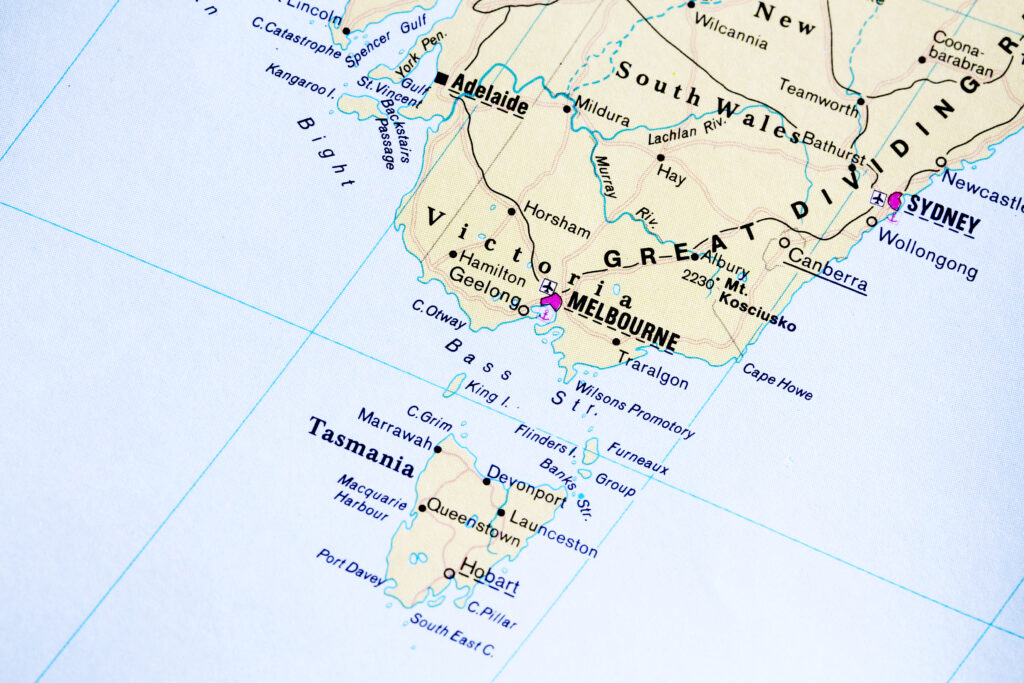
When surveying a map of Australia, take note of the small island just off the coast of Victoria. That little paradise is Tasmania. This state lies roughly 150 miles south of the coast. But, it is not just one island. In fact, there are 334 islands in the state of Tasmania. Like the country of Australia, many of these islands are unpopulated and hold reserves and parks, with just a handful open to visitors, like Bruny Island—a food, wine, and surf destination.
The climate in this state varies greatly and is notoriously unpredictable. With moderately warm summers, mild winters, and rain all year, there is more climatic variability here than in any other region of Australia. So, if you are determining when to explore Tasmania, the best time to visit is between June to August and December through February. But, depending on what you want to experience—hikes, wineries, arts, surf—that suggestion may be different. We can help you plan the perfect time of year for your travel style.
Local Culture
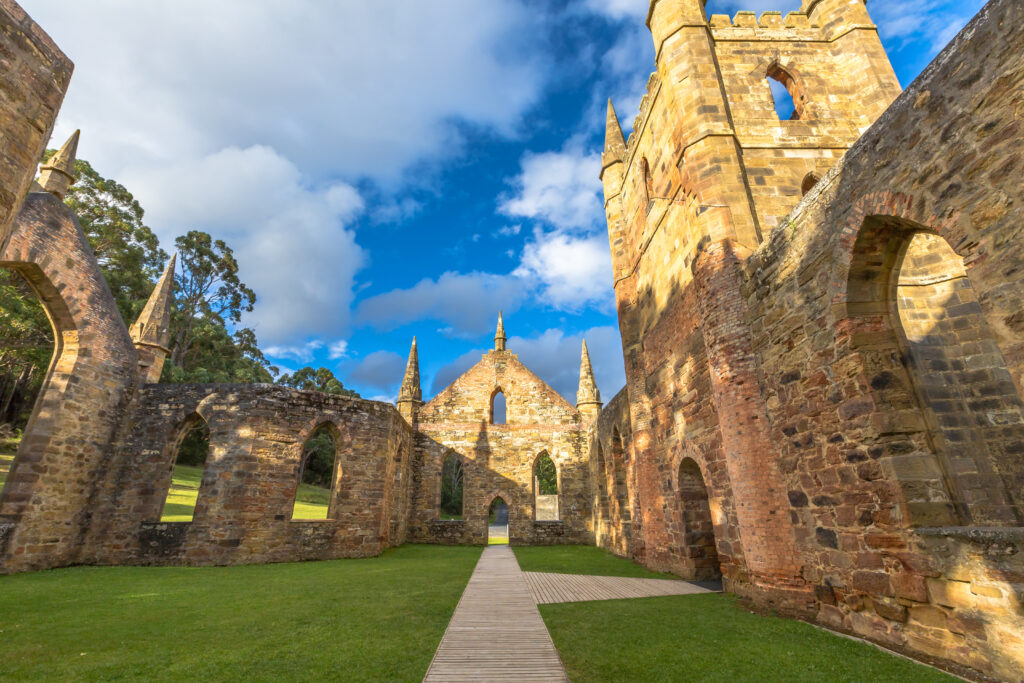
Referred to as Tas or Tassie by the locals, Tasmania has an interesting history. It was famously settled as a penal colony in 1803, holding Australia’s harshest penitentiary, Port Arthur, and over 75,000 convicts. You can take a quick 90-minute drive southeast of the capital city of Hobart to tour the Port Arthur Historic Site.
It’s important to note that nearly 40,000 years before the settlement, the Aboriginal Tasmanians (Palawa or Pakana) resided on the land and became entirely isolated from the rest of the world due to rising sea levels. It is one of the oldest indigenous cultures in the world. Their history is fascinating and should be revered and preserved. Tasmania (or Lutruwita) does well to showcase its history, but there is a lot to know and read. Check out Our Tasmania or explore the 28 destinations and landmarks of the indigenous people in person.
To more accurately share about the culture, Tasmanian.com says it best:
“Tasmanian culture is our most treasured asset, which no other people and no other place can replicate. It is the source of our pride, our regret, our mutual understanding, and our most honest and reliable engine of growth. Our culture is an expression of who we are, what it feels like to be Tasmanian.
Tasmanians express it to each other and tell our 60,000 year-old stories to visitors and to the world. We feel it in our museums, galleries, natural environment and historic places. We hear it and read it and watch it, play with it, wear it, bring it into our homes, taste it, and, most importantly, we share it.”
Nature Protections
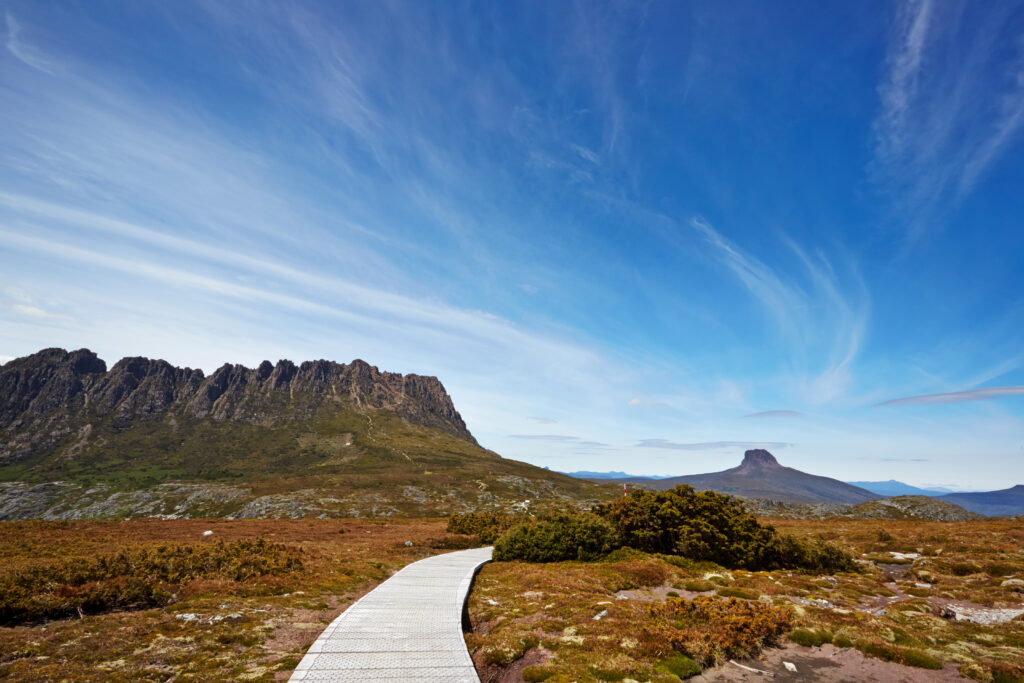
As adventure enthusiasts, we always look for destinations with unforgettable experiences at every turn and ways to support local conservation efforts. Without question, Tasmania delivers. A whopping 45% of this state is a national park or reserve, and 20% is protected by UNESCO—the organization that preserves cultural and natural heritages worldwide. The Tasmanian Wilderness World Heritage Area consists of almost 3.5 million protected acres.
That’s pretty incredible.
This is an important piece of their tourism industry. Many travelers come to appreciate nature and some of the world’s most unique plants, animals, and landscapes. There are almost 2,000 miles of walking trails to explore, a memorable part of any journey to Tasmania, like the Maria Island Nature Walk.
There are 19 national parks in Tasmania. Our favorite luxury accommodation is situated in Freycinet National Park, Saffire Freycinet, and is home to the famed Wineglass Bay. You can uncover diverse landscapes, beaches, plants, and animals here. If your schedule allows, we suggest visiting more parks, like Bruny Island’s South Bruny National Park, offering you a much different experience you will remember forever.
A Carbon Negative Destination

When looking at a destination that takes nature seriously, there really is no other place on the planet like Tas. In the years 2011 and 2012, two of Australia’s millionaires bought the world’s largest woodchip mill and then, in a remarkable act, shut it down. That one act has had a profound impact on the environment, helping Tasmania to join Suriname and Bhutan as the only three places on earth to be carbon-negative.
Cleanest Air In The World
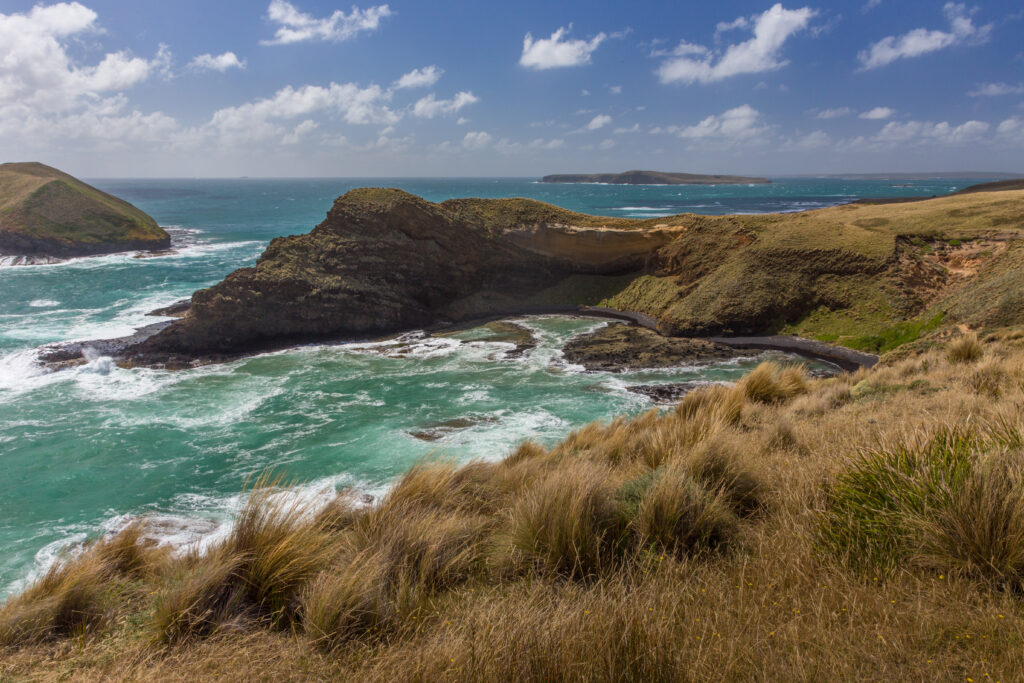
As air travels across the vast ocean and to the North West Coast of Tasmania, it gets measured at the Cape Grim Baseline Atmospheric Pollution Station (CGBAPS). Here, it routinely processes nearly pristine air. Travelers who make it to the “Edge of the World,” Cape Grim’s nickname, can enjoy a literal breath of fresh air or even bring some home in a bottle from a local air bottler.
Animals Like Nowhere Else
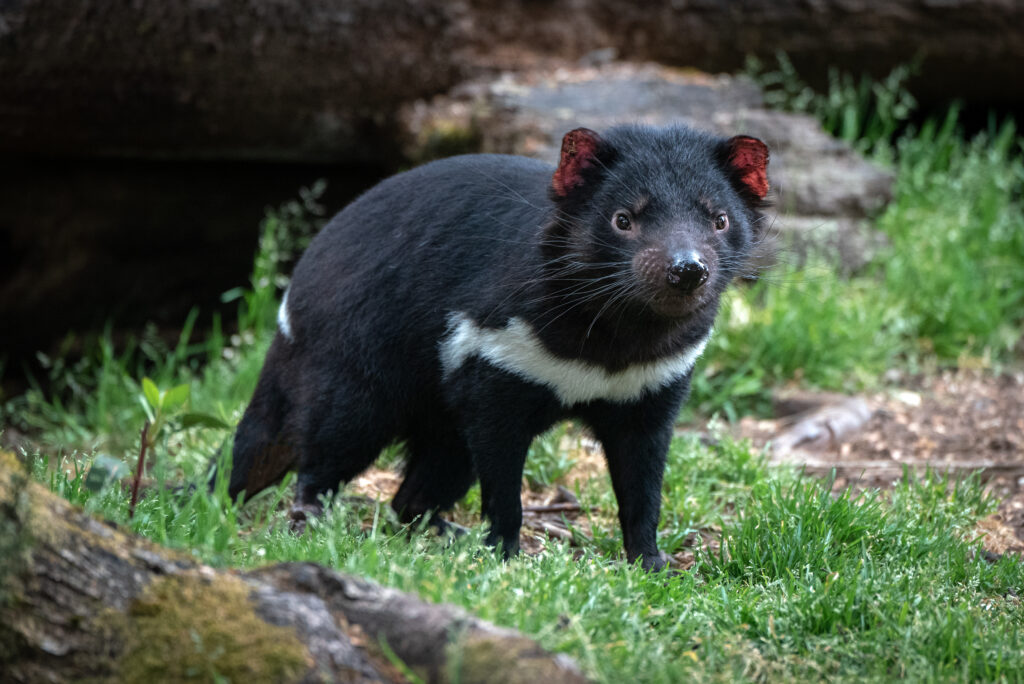
Amongst these nature protections are some of the world’s most incredible animals. The Tasmanian Devil, an endangered species, is the most popular. This carnivorous marsupial used to be found all over Australia but can now only be seen in Tasmania in the wild. In this state, you can also experience the white wallaby, the forty-spotted pardalote, and the spotted-tailed quoll, along with another 60 plants and animals that are considered endangered.
A City Life

But while the nature is astounding, this small island state also has a vibrant city and art scene. Hobart is the state’s capital and home to 44% of Tasmanians, with nearly 248,000 people in Greater Hobart as of the 2021 census. Any of your searches for Hobart, Tasmania, will highlight its incredible food, wine, and spirits scene. Some even believe the Tassie Whiskey rivals Scotland’s because of its barley, whose yearly yield continues to grow. So, foodies and spirits enthusiasts can embark on an exciting journey of uncovering local flavors and spots visited by few adventure travelers in the world.
You can find more than good grub in Hobart, though. This city is a hub for the arts, with the controversial MONA (Museum of Old and New Art), Tasmanian Museum and Art Gallery, Mawson’s Huts Replica Museum, The Maritime Museum of Tasmania, Art Mob, and the Van Diemen’s Land Memorial Folk Museum (NARRYNA).
And, if you are a shopper, Hobart is the perfect place to explore. There are many gems to uncover, from markets to independent makers and locally owned shops.
Tasmania is a wonderful destination ripe for discovery. Please contact us to help plan your perfect trip to this adventurer’s playground. We would love to design your journey with you. You can find more resources for a trip to Australia here.

 +1 800 554 9059
+1 800 554 9059